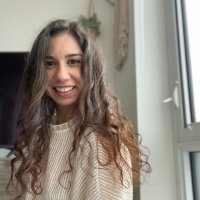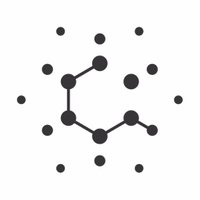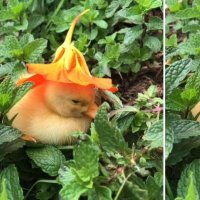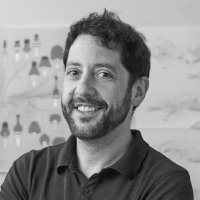
Yasemin Saplakoglu
@yasemin_sap
Biology writer @QuantaMagazine. Writes tweet, laughs to self, deletes. @UCSC_scicom & @UConn Alum
ID: 898983926
http://yaseminsaplakoglu.com 23-10-2012 02:28:51
440 Tweet
2,2K Followers
931 Following





David Baker, Demis Hassabis and John Jumper received the 2024 #NobelPrize in Chemistry “for computational protein design.” In June, Yasemin Saplakoglu covered Baker, Hassabis and Jumper's work in an extended story for Quanta. Revisit that coverage here, or in the thread below.

Read Yasemin Saplakoglu's definitive feature story on today's Nobel Prize-winning work: quantamagazine.org/how-ai-revolut…

Modern mathematics wouldn’t exist without the number zero, a digit which was invented relatively late in human history. For the first time, neuroscientists explored how the human brain conceptualizes our symbol for absence. Yasemin Saplakoglu reports: quantamagazine.org/how-the-human-…

Hello! Quanta Magazine is hiring a 6-month science writing fellow to be based in our NYC office from Jan through June 2025. Consider applying and sharing with your networks. $29/hour + medical benefits. simonsfoundation.wd1.myworkdayjobs.com/en-US/simonsfo…

I am offically a Yasemin Saplakoglu fan. Catch her terrific interview on this ep, available as a podcast on all platforms. ctpublic.org/show/the-colin…


Communities of microbes may be living rent-free in your head, at least according to a study that found them in fish brains. Yasemin Saplakoglu reports: quantamagazine.org/fish-have-a-br…

New studies suggest that concept cells, formerly known as “Jennifer Aniston cells”, may be central to how we form and retrieve memory. Concept cells are the “what” to our memories, while place cells are the “where.” Yasemin Saplakoglu reports: quantamagazine.org/concept-cells-…

A series of recent studies provide the strongest evidence yet that bird and mammalian intelligence evolved separately, rather than from a shared ancestor. Yasemin Saplakoglu reports: quantamagazine.org/intelligence-e…


A fantastic piece in Quanta Magazine tracing the long-standing debate on vertebrate intelligence. Grateful our work could help illuminate this evolutionary story. Thoughtful, deep, and beautifully written by Yasemin Saplakoglu, THANKS! 🔗 quantamagazine.org/intelligence-e…

Took 1.5 years at Quanta to assign my first bird story 😇 Yasemin Saplakoglu's beautiful writing about the evolution of intelligence — evidence from development + neuroscience that birds evolved complex brain circuits independently of our mammal intelligence quantamagazine.org/intelligence-e…

“The biggest misconception about de-extinction is that it’s possible,” evolutionary biologist Beth Shapiro told Yasemin Saplakoglu in 2022. Read her explainer on the plausibility of efforts to bring back extinct species, such as dire wolves and mammoths. quantamagazine.org/why-de-extinct…

Interesting weekend read: A series of studies published earlier this year suggests that birds & mammals did not inherit the neural pathways that generate intelligence from a common ancestor, but rather evolved them independently. quantamagazine.org/intelligence-e… ✍️ Yasemin Saplakoglu

"A maggot knows things about the outside world in a way that no computer does." Read Yasemin Saplakoglu's fun + fascinating feature: AI Is Nothing Like a Brain, and That’s OK quantamagazine.org/ai-is-nothing-…

We tend to say that an artificial neural network is a “brain” made of “neurons.” What are the actual similarities between AI and a human brain? Yasemin Saplakoglu discusses her reporting on this question on The Quanta Podcast. Apple Podcasts: podcasts.apple.com/us/podcast/the… Spotify:



